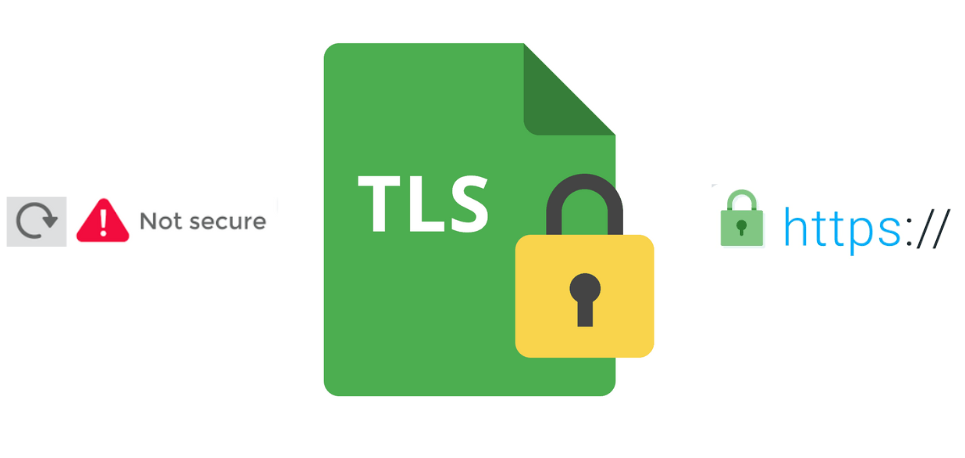In a Kubernetes cluster, certificates are crucial for securing communication between various components. For example, a Kube API server certificate secures communication between the Kubernetes API server and other components. It is used for authenticating and authorizing API requests.

Validate certificate and Private key
This article will help you to validate your private key and certificate. Sometimes, we would miss the place cert or private key and need certain validation to ensure we are configuring with the correct private key and TLS/SSL certificate.
Check Certificate Information:
Use OpenSSL or a similar tool to view the details of the TLS certificate. You can use the following command to check the certificate details:
$ openssl x509 -in your_certificate.crt -text -noout
Match Private Key and Certificate:
Ensure that the private key corresponds to the TLS certificate. You can use the following command to check this:
$ openssl x509 -noout -modulus -in your_certificate.crt | openssl md5 $ openssl rsa -noout -modulus -in your_private_key.key | openssl md5
The output of the two commands should match.
Check Private Key Format:
Verify that the private key is in the correct format. It should not have a passphrase for use in a server. You can use the following command to check:
$ openssl rsa -check -in your_private_key.key
Check Certificate Expiry:
Ensure that the TLS certificate has not expired. You can check the certificate expiry date using the following command:
$ openssl x509 -noout -dates -in your_certificate.crt
Review Server Logs:
Check your server logs for any SSL/TLS-related errors or warnings. These logs can provide additional information about any private key or certificate issues.
Conclusion:
By following these steps, you can thoroughly validate your private key and TLS certificate. Regularly monitoring the expiration date of your certificates and renewing them promptly is crucial for maintaining a secure and operational SSL/TLS setup. Additionally, automated certificate management tools, such as cert-manager in Kubernetes environments, can help streamline the certificate renewal process.
Leave a Reply